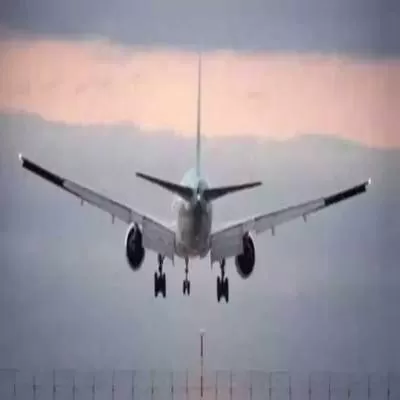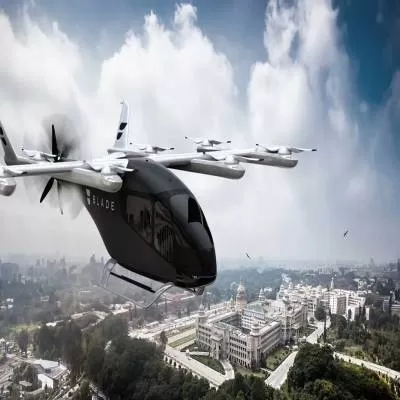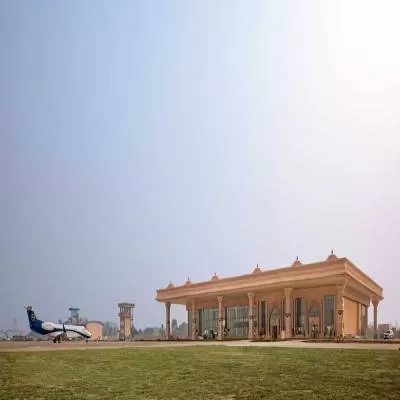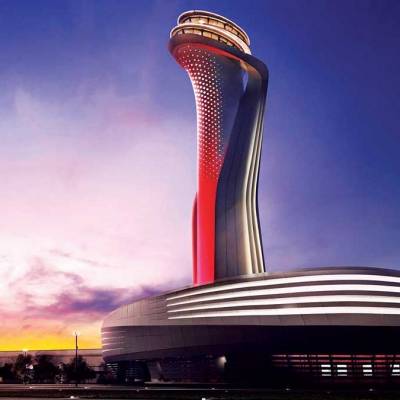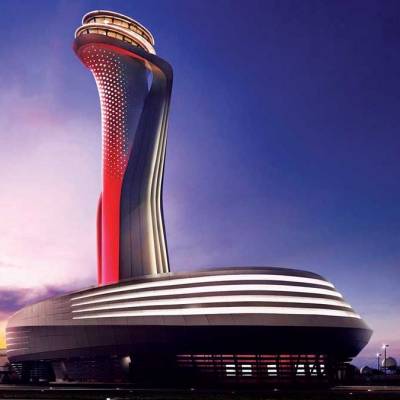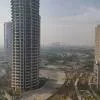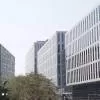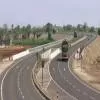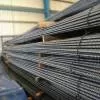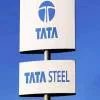- Home
- Infrastructure Transport
- AVIATION & AIRPORTS
- Airport invests in runway rubber removal machine
Airport invests in runway rubber removal machine
It was stated that during landing and take-off, rubber from aircraft tires gets deposited on the runway. The Transport Research Board has estimated that an average aircraft landing leaves 700 g of rubber, forming a thin layer on the runway surface. In contrast, a jumbo jet drops 1.5 kg of rubber deposit. The repeated touchdowns of various aircraft types spread rubber deposits across the landing zone, reducing the runway's coefficient of friction.
Rubber deposits on runways pose dangers by decreasing friction with aircraft tires, affecting braking, control, and increasing risks in wet conditions. The Directorate General of Civil Aviation has guidelines stating that these rubber deposits should be regularly removed in proportion to runway usage.
Previously, this task was carried out by bringing a machine from Chennai airport. The environmentally friendly machine uses plain water and efficiently cleans both sides of the runway's landing zone, restoring friction within 10 hours of operation. The cost of the machine was approximately Rs 7o million.
An advanced runway rubber removal machine has been commissioned at the Thiruvananthapuram International Airport to ensure aircraft and passenger safety, according to a release issued by the airport. The new machine, capable of removing runway rubber deposits and paint, can also be utilised for foreign object removal and old airside marking removal. It was stated that during landing and take-off, rubber from aircraft tires gets deposited on the runway. The Transport Research Board has estimated that an average aircraft landing leaves 700 g of rubber, forming a thin layer on the runway surface. In contrast, a jumbo jet drops 1.5 kg of rubber deposit. The repeated touchdowns of various aircraft types spread rubber deposits across the landing zone, reducing the runway's coefficient of friction. Rubber deposits on runways pose dangers by decreasing friction with aircraft tires, affecting braking, control, and increasing risks in wet conditions. The Directorate General of Civil Aviation has guidelines stating that these rubber deposits should be regularly removed in proportion to runway usage. Previously, this task was carried out by bringing a machine from Chennai airport. The environmentally friendly machine uses plain water and efficiently cleans both sides of the runway's landing zone, restoring friction within 10 hours of operation. The cost of the machine was approximately Rs 7o million.



